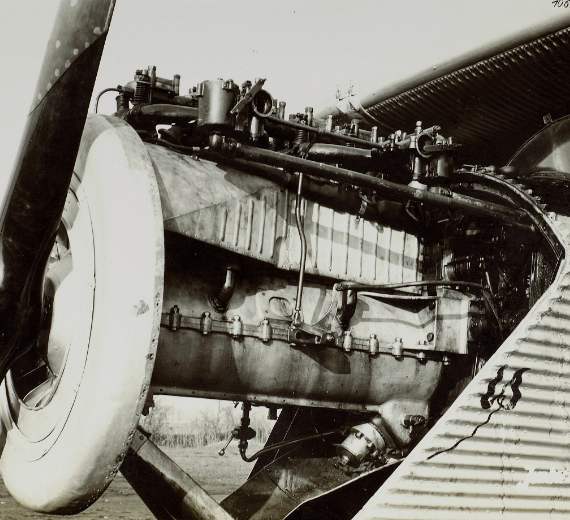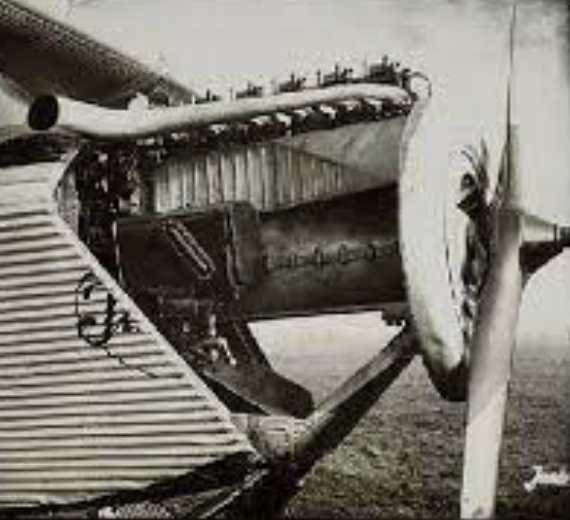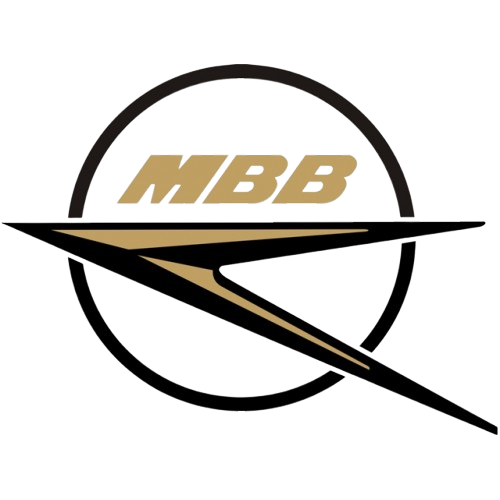Junkers L1 was the first engine by Junkers
Type Four-stroke petrol six-cylinder air-cooled inline
National origin Germany
Manufacturer Junkers Motorenbau GmbH (Jumo)
First run 1921
Produced Small
production run started in 1925
.
History Junkers Flugzeug- und Motorenwerke AG JFM
Junkers L1 was the first engine manufactured by Junkers

The Junkers L1 was the first engine manufactured by Junkers to fly. It was an air-cooled, upright six-cylinder inline four-stroke petrol engine only produced in small numbers and largely used for research, but led to the successful L5 and its V-12 development, the L55.
Hugo Junkers' early engineering experience was with stationary opposed-piston two-stroke diesel engines for industrial applications and this arrangement was eventually adapted for aircraft use. Nonetheless, his company's first aero engine was a petrol-fuelled four-stroke, the six-cylinder inline air-cooled L1. L was Junkers' notation for petrol engines from the L1 to the L10, which became the Jumo 210 in 1931. It first ran in 1921[2] and was the subject of much static testing, but the intention was always to produce a flight engine. The first aircraft to test fly the L1 was the Junkers T 19; this aircraft first flew in 1922, but the date of its first flight with the L1 is uncertain
Operational history
.jpg)
The L1 was largely an experimental engine, but a small production line was set up in 1925. Reliability was not high, however and only a few aircraft, themselves built only in small numbers, used the L1 and its variants.[1] The large diameter, circular blower fitted to the L1a resulted in a flat fronted, circular cross section cowling, particularly noticeable on the Junkers T 19 and 26.
Variants
- L1 Original version.
- L1a Larger bore diameter and a large circular blower, gear driven, mounted at the front of the engine to enhance high altitude power.
- L1b
0
HpHorse Power
0
Cilinder
0
KgWeight
Mtr
MtrLength
Photo Gallery
Junkers Flugzeug- und Motorenwerke AG JFM
Junkers L1 was the first engine manufactured by Junkers


Junkers Flugzeug- und Motorenwerke AG JFM
Junkers L1 was the first engine manufactured by Junkers
General characteristics
-
-
- Type: 6-cylinder air-cooled upright 4-stroke
- Bore: 100 mm (3.94 in)
- Stroke: 120 mm (4.72 in)
- Displacement: 5.65 L (345 cu in)
-
Dimensions
-
-
- Length: 1.115 m (3 ft 8 in)
- Width: 700 mm ( 2 ft 3 in)
- Height: 790 mm (2 ft 7 in)
- Dry weight: 128 kg (282 lb)
-
Performance
-
- Power output: cruise 75 hp (56 kW); take-off 85 hp (63 kW)
- Fuel consumption: 26 kg/h (44 lb/hr)
-
-
Components
- Valvetrain: two large inlet and two large exhaust valves per cylinder, operated by overhead camshaft
- Fuel type: petrol
- Cooling system: air-cooled; finned cylinder heads
- Reduction gear: none:direct drive
- Ignition system: twin magnetos and two sparking plugs per cylinder
-
.
Links to Youtube & Others
During its service with Luft Hansa, the Ju 52 had proved to be an extremely reliable passenger airplane. This positive experience contributed to its adoption by the Luftwaffe as a standard aircraft model.
Junkers L1 First engine year 1921
Lightly armed, and with a top speed of only 265 km/h (165 mph) — half that of a contemporary Hurricane — the Ju 52 was very vulnerable
Youtube Link
Junkers Flugzeug- und Motorenwerke AG (JFM, pre-World War I JCO or JKO, English: Junkers Aircraft and Motor Works),



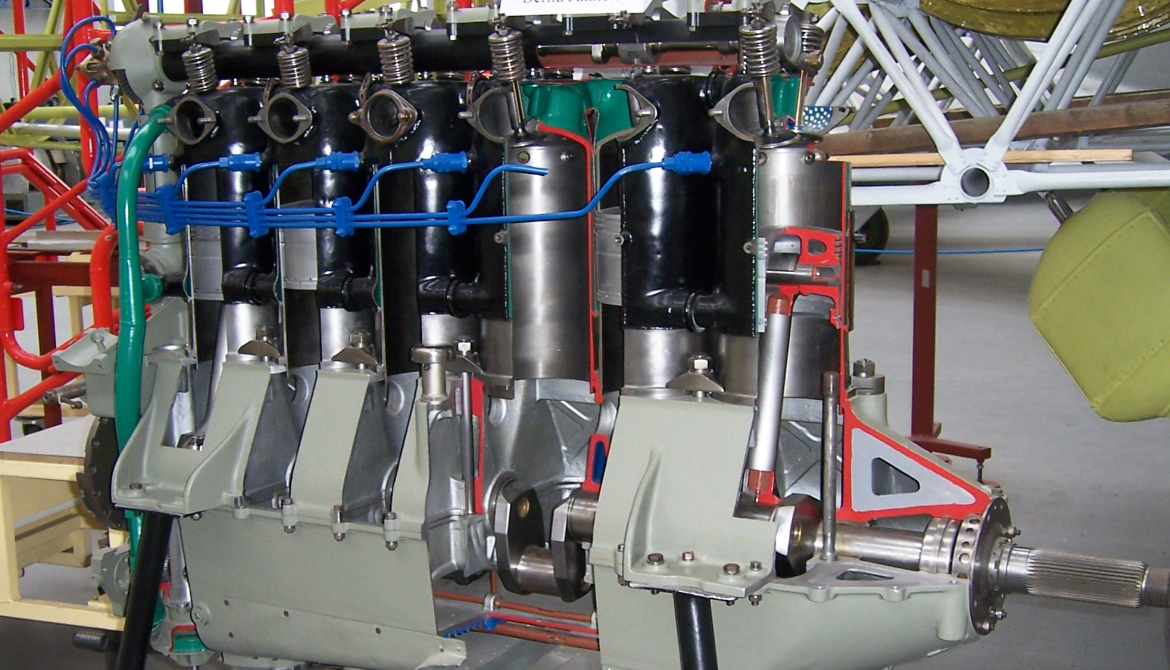
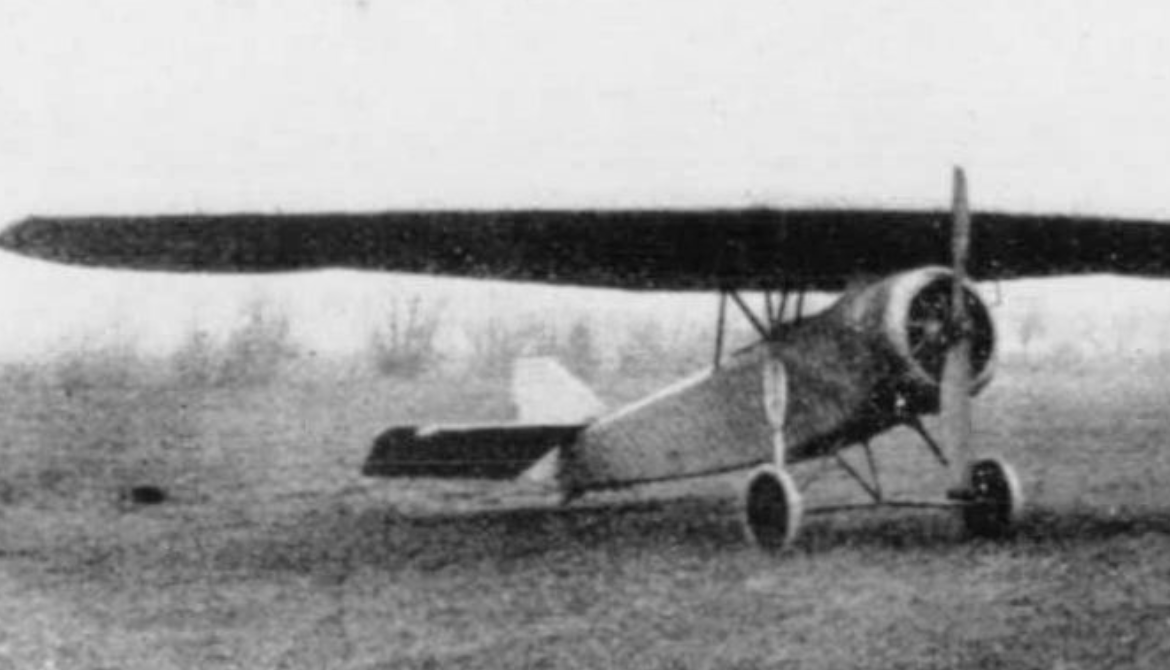

%20A.png)
